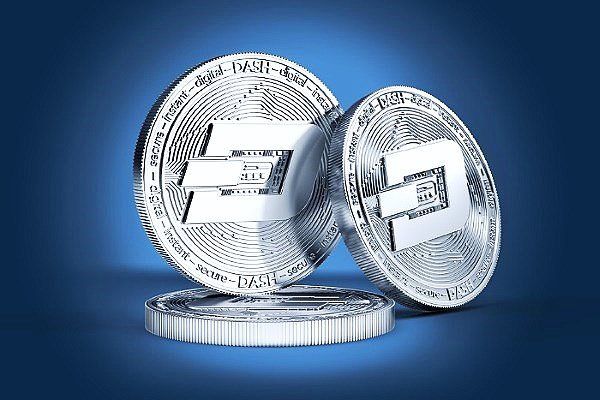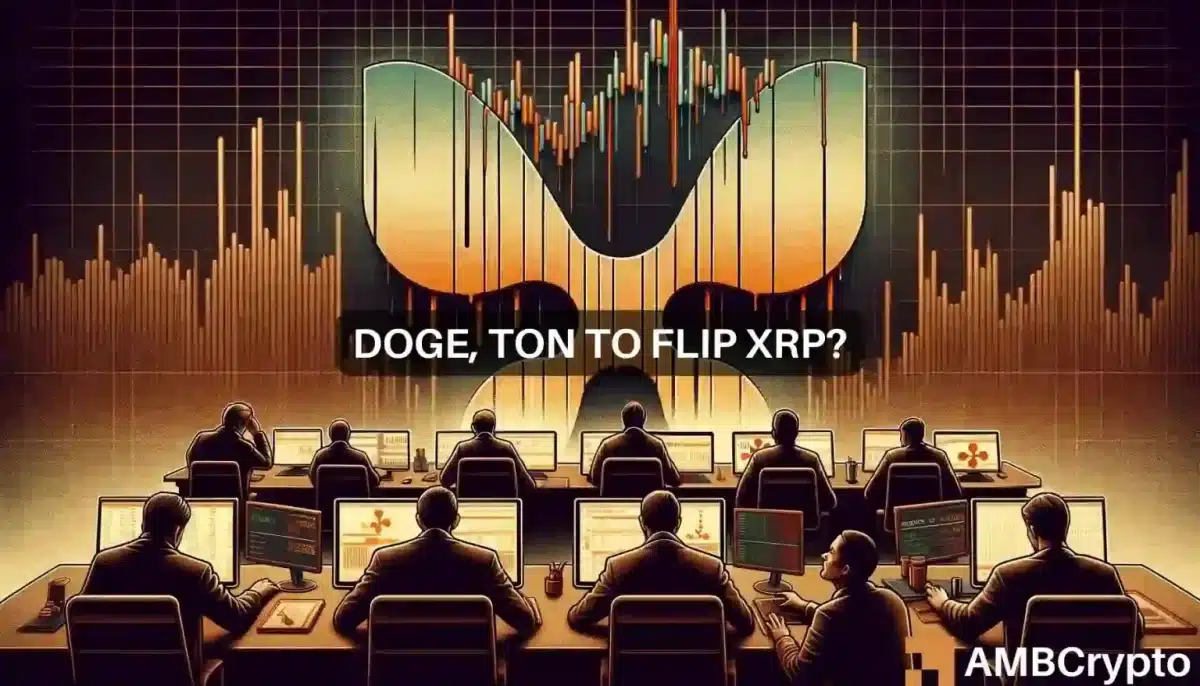Amazing Facts About Dash
Dash (DASH) Coin:
Owner: Dash is a decentralized cryptocurrency, and it doesn’t have a single owner or controlling entity. It operates as a decentralized network with a community of developers, miners, and users who contribute to its development and governance.
Uses: Dash serves as a digital currency with several use cases, including:
- Digital Payments: Dash can be used for fast, low-cost peer-to-peer transactions. It’s designed to be a digital cash alternative for everyday transactions.
- Masternodes: Dash has a unique two-tier network with masternodes that provide additional services like InstantSend and PrivateSend, enhancing privacy and transaction speed.
- Decentralized Governance: Dash employs a decentralized governance system, where network participants can submit and vote on proposals for network improvements and initiatives. Funding for these proposals is provided by the network’s treasury.
Seed Sale: Dash didn’t have a traditional seed sale or initial coin offering (ICO). Instead, it was launched in January 2014 as a fork of Bitcoin, and its initial distribution was achieved through mining and network participation.
Working Principles and Limitations: Dash operates on the principles of blockchain technology and decentralized governance. Here are some of its working principles and considerations:
- Two-Tier Network: Dash’s network consists of miners and masternodes. Masternodes are responsible for enabling advanced features, such as InstantSend and PrivateSend.
- PrivateSend: Dash offers optional privacy features using a CoinJoin-based method known as PrivateSend, which allows users to mix their transactions for added privacy.
- InstantSend: Dash transactions can be confirmed within seconds using the InstantSend feature, providing fast and secure payment processing.
- Decentralized Governance: Dash’s decentralized governance system allows network participants to propose and vote on changes and initiatives, including development and marketing projects.
As for limitations, some considerations include:
- Competition: Dash faces competition from other cryptocurrencies offering similar features, including fast transactions and privacy, which can impact its adoption.
- Regulatory Environment: Regulatory changes in various jurisdictions can affect the use and availability of Dash for users and businesses.
Current Value: The current value of Dash (DASH) can be checked on cryptocurrency market data websites or by visiting cryptocurrency exchanges that list DASH trading pairs. DASH is actively traded on various exchanges.
How to Buy and Sell Dash Coin: To buy and sell Dash (DASH) coins, follow these general steps:
- Select an Exchange: Choose a cryptocurrency exchange that lists DASH tokens. Some popular exchanges that offer DASH trading pairs include Binance, Kraken, and Coinbase.
- Create an Account: Sign up for an account on your chosen exchange, complete any necessary identity verification (KYC) procedures, and secure your account.
- Deposit Funds: Deposit funds into your exchange account, typically in the form of fiat currency like USD or other cryptocurrencies like Bitcoin or Ethereum.
- Buy DASH: Place a buy order for DASH tokens on the exchange, specifying the amount you want to purchase and the price at which you’re willing to buy.
- Secure Storage: Consider transferring your DASH tokens to a secure cryptocurrency wallet, especially if you plan to hold them for the long term. Dash can be stored in compatible cryptocurrency wallets.
- Sell DASH: To sell DASH tokens, navigate to the trading section of the exchange and place a sell order, specifying the amount and price.
Always exercise caution, conduct research, and be aware of the risks associated with cryptocurrencies when buying or selling DASH tokens. Additionally, understand the specific rules and fees imposed by the exchange you choose to use.



